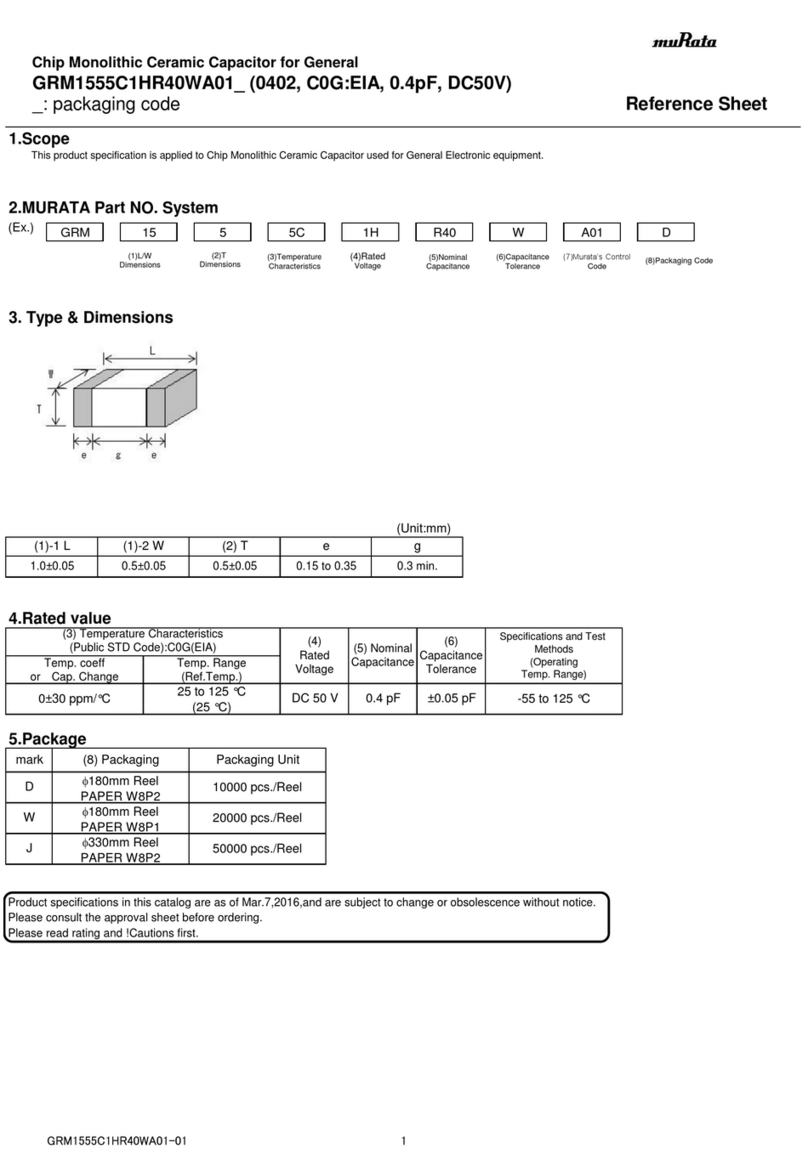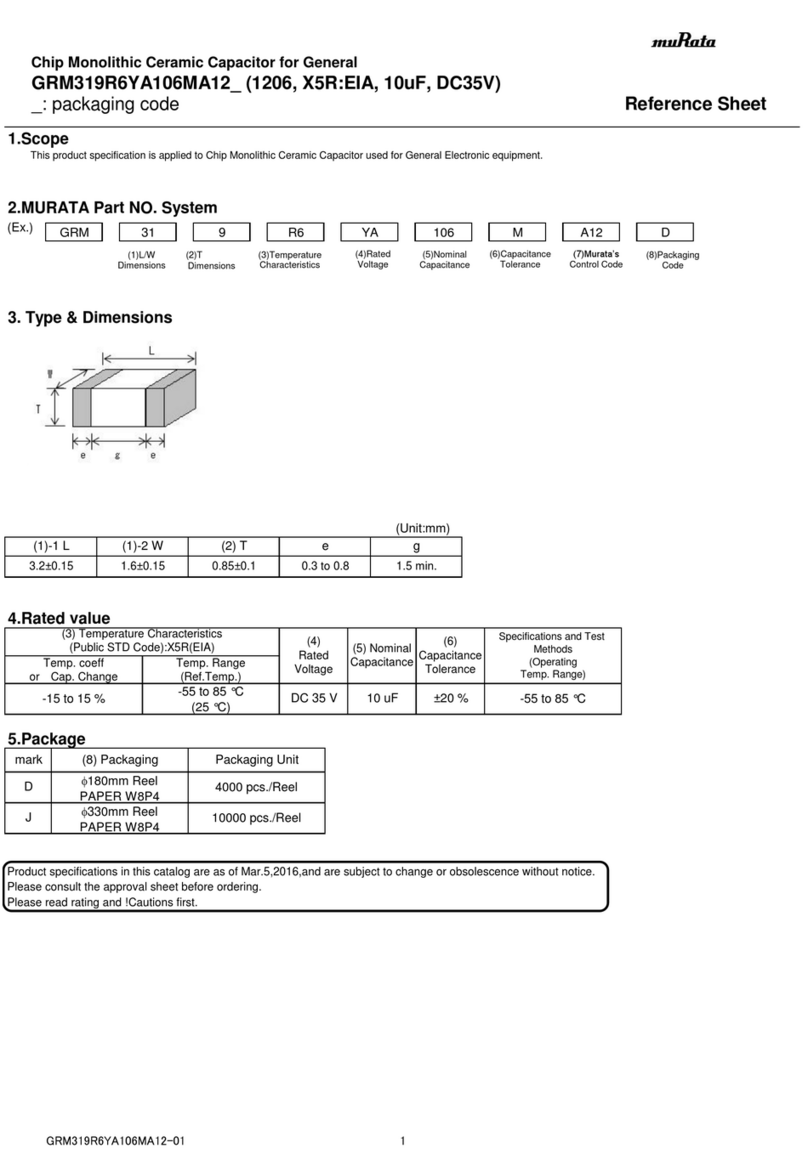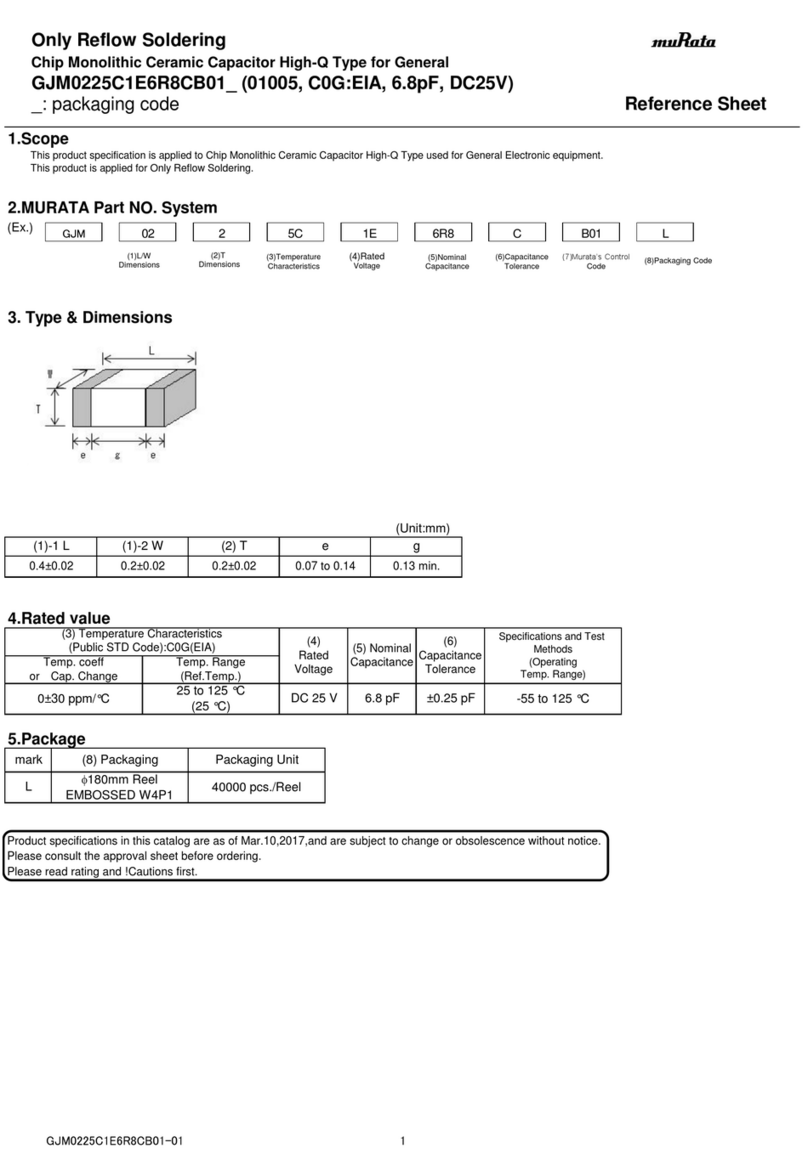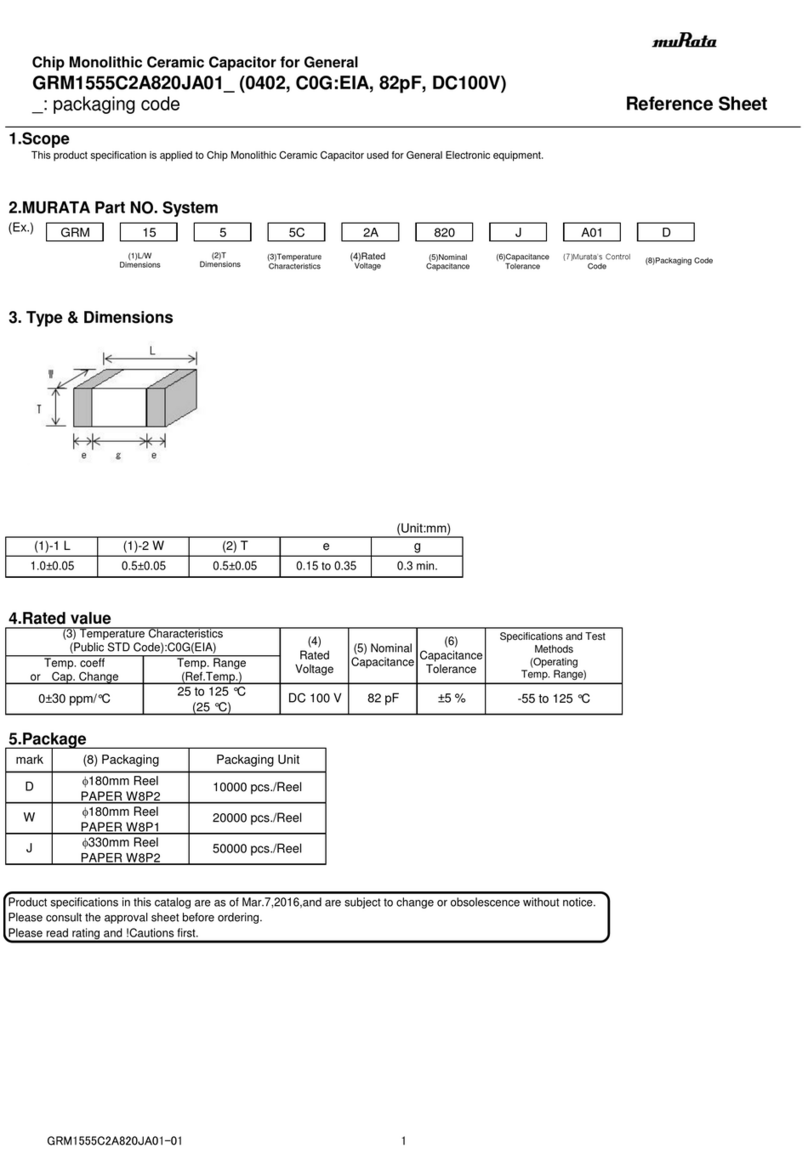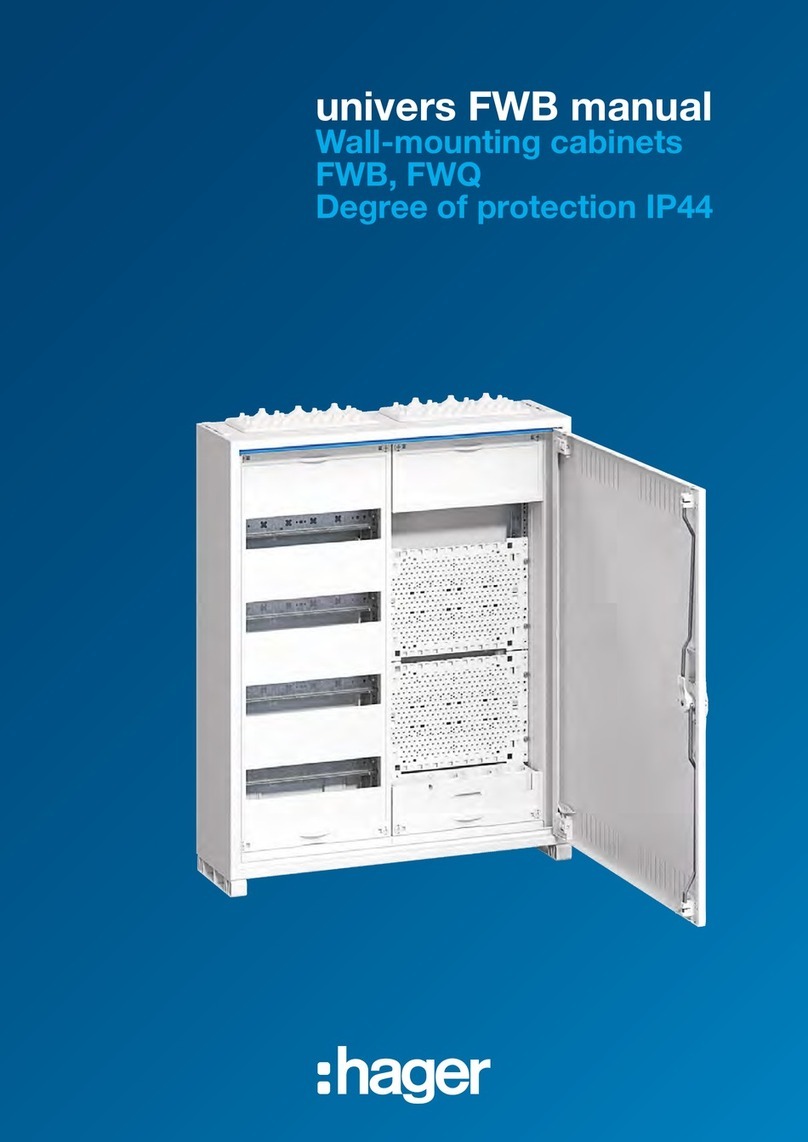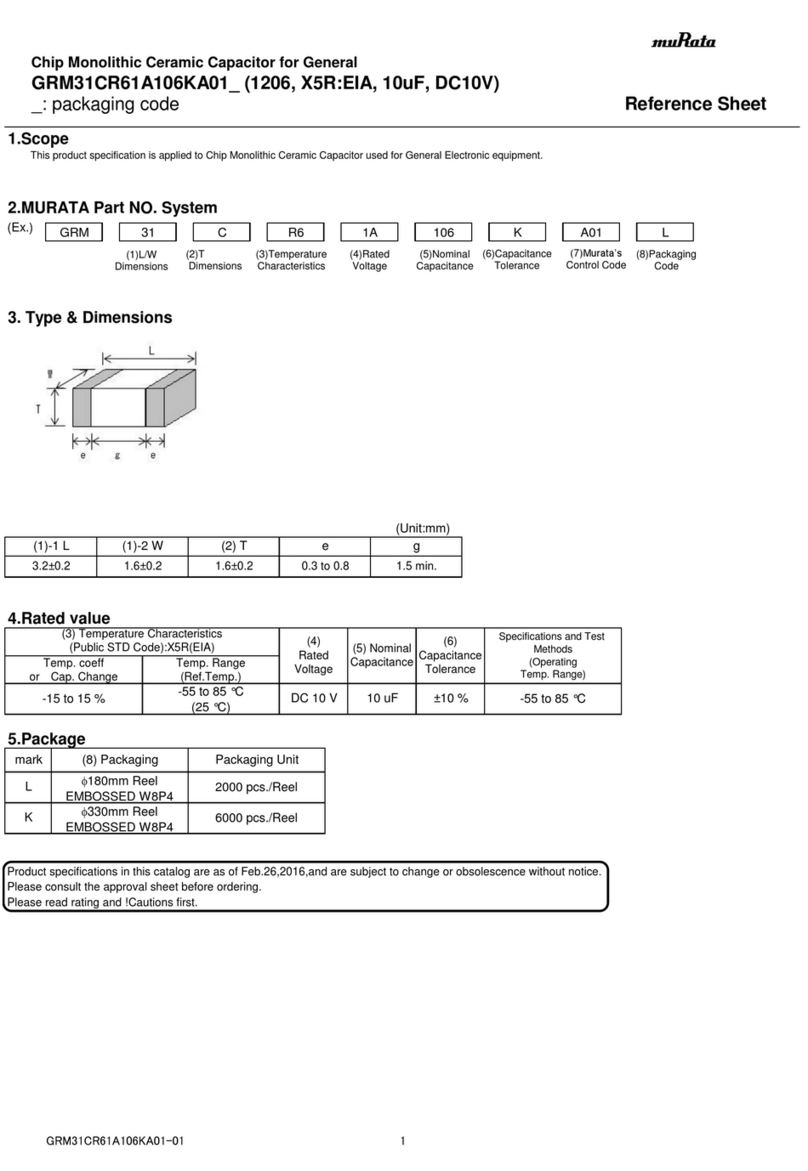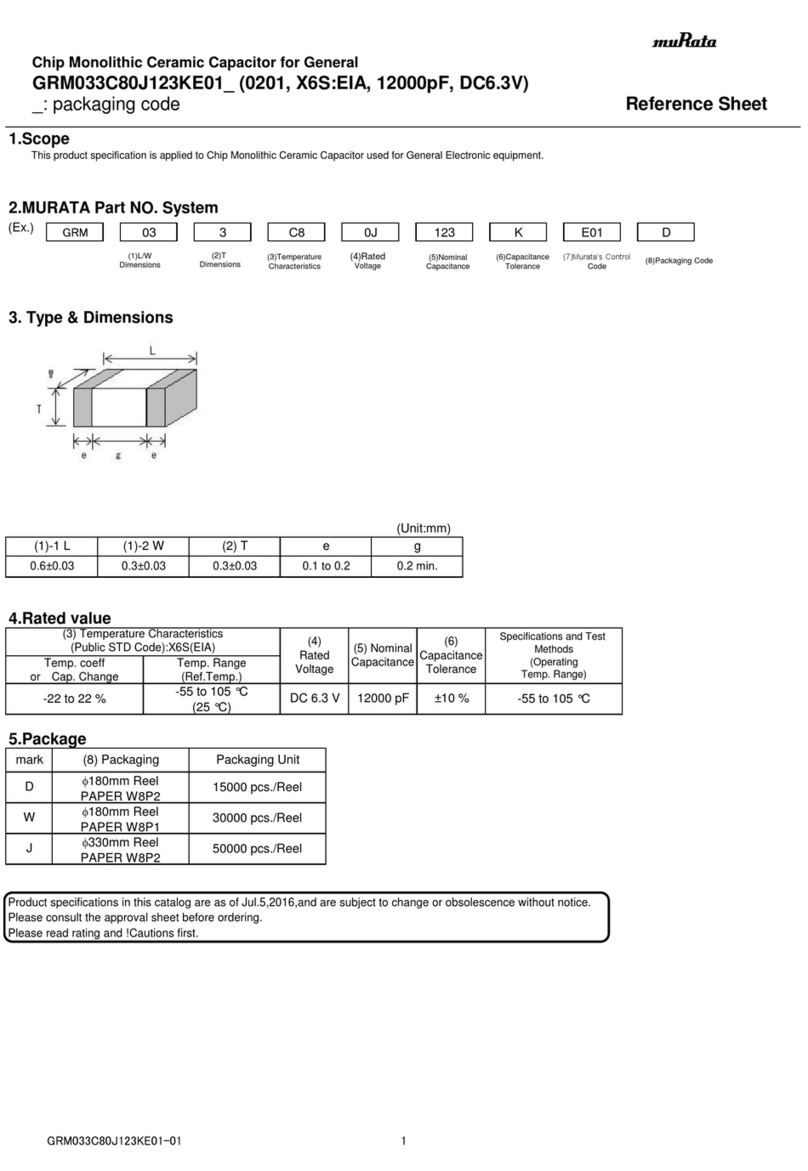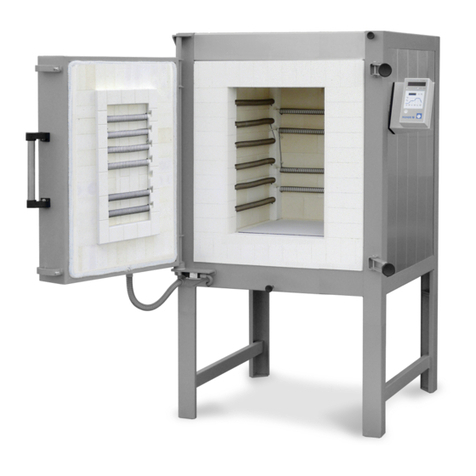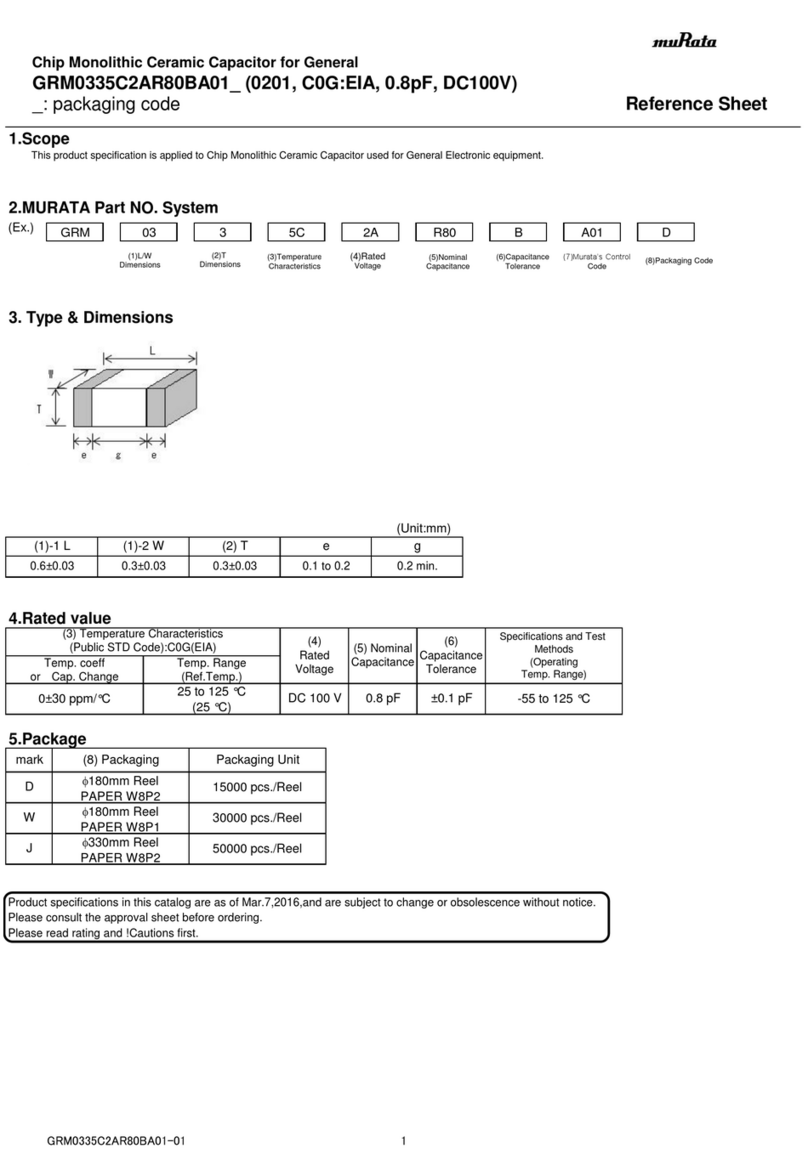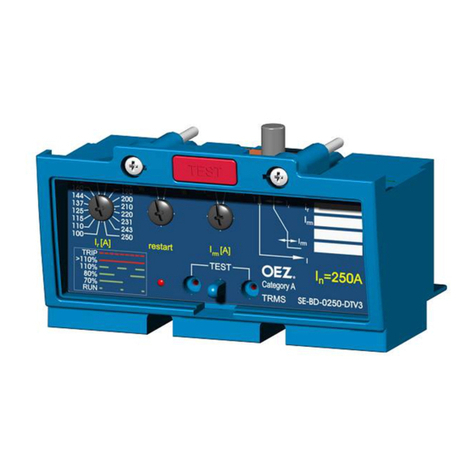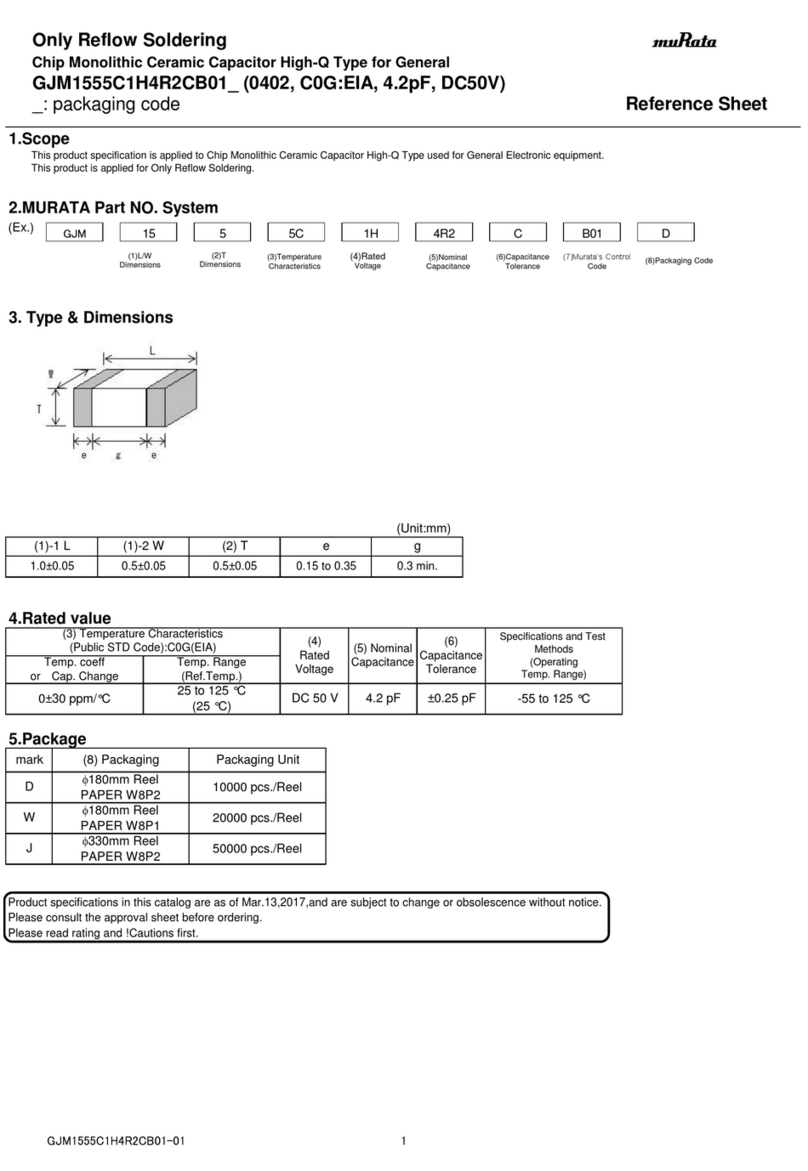Basler ESD 201 User manual

Publication: Rev First Printing 07/96 Page
9 1106 00 991 B Revised 12/02 1
CONFIDENTIAL INFORMATION
OF BASLER ELECTRIC COMPANY,
HIGHLAND, ILL. IT IS LOANED FOR
CONFIDENTIAL USE SUBJECT TO
RETURN ON REQUEST AND WITH THE
MUTUAL UNDERSTANDING THAT IT WILL
NOT BE USED IN ANY MANNER
DETRIMENTAL TO THE INTERESTS OF
BASLER ELECTRIC COMPANY.
Publication:
9 1106 00 991
Revision: B 12/02
INSTRUCTION MANUAL
FOR
ENERGY STORAGE DEVICE
Model: ESD 201
Part Number: 9 1106 00 101
BASLER ELECTRIC BOX 269, HIGHLAND, IL 62249 USA PHONE 618/654-2341 FAX 618/654-2351
INTRODUCTION
The Energy Storage Device ESD 201 is used
where a station battery source is not
available to provide circuit breaker trip power.
The ESD 201 converts ac bus voltage to dc
and stores enough energy to trip a circuit
breaker one time for up to 72 hours after ac
power has been interrupted.
ELECTRICAL SPECIFICATIONS
Output Power
330 to 450 Vdc
27 joules minimum at 330 Vdc
36 joules minimum at 380 Vdc
50 joules minimum at 450 Vdc
This output is maintained for 72 hours after
the internal battery is fully charged.
Power Input
Operating Range: 120 or 240 Vac, ±10%,
1-phase, 50/60 Hz
Burden: 10.0 VA maximum
Charging Rate
Varies nonlinearly from 90 volts/cycle down
to 2.8 volts/min. as capacitor approaches
90% full charge after breaker trip event.
Power Dissipation
2.0 W, maximum continuous
PHYSICAL SPECIFICATIONS
Operating Temperature
–25°C to 65°C (–13°F to 149°F)
Storage Temperature
–40°C to 85°C (–40°F to 185°F)
Vibration
Withstands 2 G at 10 to 200 Hz in each of
three mutually perpendicular axes.
Shock
Withstands 15 G in each of three mutually
perpendicular axes.
Dimensions
Refer to the
Outline Drawing
.
Weight
0.59 kg (1.3 lb)
Agency Certification/Recognition
Meets CSA C22.2, Number 14,
Industrial
Control Equipment
.
Meets UL 508,
Industrial Control Equipment
as tested by CSA NRTL.
THEORY OF OPERATION
ESD 202 operation is illustrated in the
Function Block Diagram
.
Power input to the ESD 201 is 120 or 240
Vac. This input is rectified and used to
charge the output capacitor (C1) to approx-
imately 170 Vdc for 120 Vac input, 340 Vdc
for 240 Vac input. As long as the ac input is
applied, C1 continues to be charged in this
manner. However, the failure of the ac input
is what the ESD 201 is designed to protect
against. Therefore, when the ac input fails, a
battery powered oscillator circuit and an
associated step-up transformer act as the C1
charging source. (The ESD 201 can be inter-
connected to the system so that the oscillator
circuits function only when the breaker being
controlled is closed. See the
Interconnection
Diagram
.) A battery charger charges the
battery as long as the ac input is applied to
the ESD 201.
CONTROLS AND INDICATORS
The pushbutton and LED indicator are used
to determine if the ESD 201 is operationally
ready. When the button is pushed, the LED
lights if the capacitor has the minimum
charge of 180 Vdc required to trip the
breaker. The pushbutton and LED do not
indicate whether or not the ac input is being
applied.
INSTALLATION
The ESD 201 should be connected as shown
in the
Interconnection Diagram
. In order for
the ESD 201 internal, battery-operated,
capacitor-charging circuits to operate, ter-
minal 1 must be connected to terminal 4.
This can be accomplished by permanently
jumpering the two terminals together. Using
this approach however, the oscillator circuits
will continually be in operation if the battery is
in place. This will result in premature
discharge of the battery if ac input power is
not being applied. An alternate (and pre-
ferable) approach involves the use of the
breaker auxiliary "a" contact. The intent of
the "a" contact is to inhibit operation of the
oscillator circuit (and thereby eliminate
battery drain) until the circuit breaker is
closed.
Each breaker should be provided with its own
ESD 201. The use of a single ESD 201 to
provide a tripping output for more than one
breaker (or other device) is not recom-
mended. Such configurations should only be
considered when it can be demonstrated,
through independent testing, that combi-
nations of breakers (or devices) can be
reliably operated from a single ESD 201.
OPERATION
When the ESD 201 is properly inter-
connected and 120 or 240 Vac input power is
applied, the unit is ready for operation. This
can be verified by using the pushbutton as
described in the
Controls and Indicators
paragraph. No adjustments of any type
should be necessary.
Ac power must be applied continually for a
minimum of two hours before the ESD 201 is
capable of developing full charge on the
output capacitor with a sustained interruption
in ac input.
If the batteries are fully discharged (terminal
voltage of 3.6 volts or less), it will take
approximately 48 hours to recharge the
batteries from the ac source. In such
situations, it is suggested that the battery be
removed and recharged with a high rate
charger (not to exceed a 0.1 ampere
charging rate). During this time, standard
"AA" size cells should be substituted in the
ESD 201.
DISCHARGING
Since more than 400 Vdc can be present on
the ESD 201 output terminals, the storage
capacitors should be discharged before
working on the unit. The following procedure
can be used for discharging the storage
capacitors.
WARNING!
To prevent personal injury or equipment
damage, only qualified technicians or
operators should install, operate, or
service this device.
CAUTION
The ESD 201 is not a power supply and
can be damaged by continuous current
draw on the output.
NOTE
The test circuit acts as a discharge path to
the output capacitor. Therefore, the push-
button should be depressed only long
enough to observe if the LED lights.
NOTE
Read the paragraphs under
Discharging
before changing batteries.
WARNING!
Lethal voltage may be present at ESD 201
terminals and within the ESD 201. Only
qualified persons should install, operate,
or service this device.

Publication: Rev First Printing 07/96 Page
9 1106 00 991 B Revised 12/02 2
Outline Diagram
Function Block Diagram
Interconnection Diagram
1. Connect a few inches of 14 AWG, 600 V
insulated wire to each end of a 470 ohm,
5 watt, wire-wound resistor.
2. Remove ac input power from ESD 201
terminals 1, 5, and 2.
3. To discharge the capacitors, carefully
touch one of the resistor wires to terminal
1 and the other wire to terminal 3. Hold
the wires on the terminals for at least five
seconds.
4. Ensure that the capacitors are dis-
charged by connecting a dc voltmeter
across terminals 3 (+) and 1 (–).
REPAIRS
The ESD 201 is not field repairable. Should
the device require repairs, return it to Basler
Electric for service.
FIELD SERVICE AND ADJUSTMENT
Following assembly, every ESD 201 under-
goes a complete operational test. If for any
reason the unit fails to operate properly, it
should be returned to Basler Electric for
repair or replacement.
This manual suits for next models
1
Table of contents


